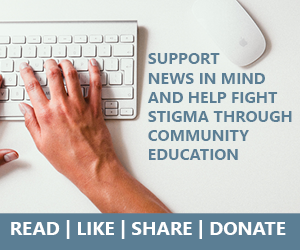A new study, published in the Oct. 12 issue of Pediatrics, found that a bipolar drug usually prescribed to adults is also effective and safe for children to use on a short term basis.
Bipolar disorder is a mental illness that causes severe mood swings. The symptoms are often difficult to spot among children and teens because others mistake it for the normal ups and downs that every kid goes through. It is estimated that about 3.4 million American kids and teens experience the early onset of bipolar disorder, according to the American Academy of Child and Adolescent Psychiatry.
Current treatments for bipolar disorder include lithium and psychotherapy. However, lithium medication is often prescribed to adults only as mood stabilizers. While there are many studies on lithium use in adults, only a few tested its effectiveness and safety on children.
The participants were given a standard dose for the first four weeks before gradually increasing it to a maximum dose for the remaining weeks. The researchers assessed the participants’ moods using the standard tools used for bipolar disorder. They also listed the side effects of the drug on the participants.
The analysis showed that those who took lithium showed a significant improvement compared to those who were under the placebo. Almost half of them scored either “very much improved” or “much improved” compared to only 21 percent of those who were under the placebo. Some of the side effects include weight gain and reduced kidney and thyroid function, the authors wrote in a press release.
“Until this study, there was no data to support the use of lithium in the treatment of youth with bipolar disorder,” said Dr. Victor Fornari, director of child and adolescent psychiatry at Zucker Hillside Hospital in Glen Oaks, N.Y., to HealthDay News. “This study provides evidence to support the efficacy and benefit of lithium in the treatment of children with bipolar disorder in a manic state.”
The researchers plan to continue their study to determine whether lithium can be used on children long term.
This article first appeared on ‘HNGN’ on 12 October 2015.























